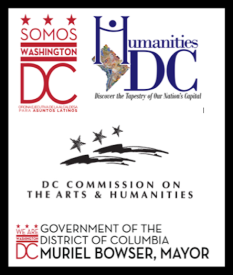The making of a historic mural and what it will take to keep it from total destruction
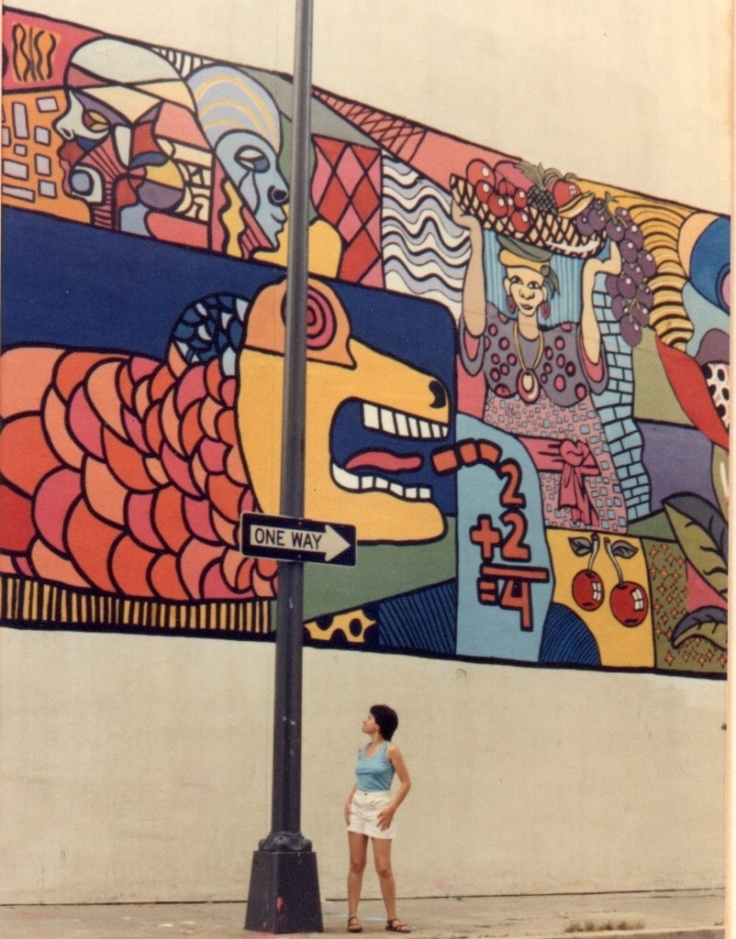
The Unity Mural, located on a Pepco substation near the newly renovated Marie Reed Recreation Center, is one of the few echoes of Latinidad left in the Adams Morgan neighborhood.
At its center is a scaled serpent, a familiar symbol in the Aztec mythology, while a butterfly and a flower represent the flora and fauna of Central America. Two larger-than-life faces in an upper left section of the mural are reminiscent of the Olmec Heads, enormous stone sculptures attributed to an ancient and mysterious Mesoamerican culture.
Painted in the summer of 1982, the project brought together two of the most prominent Latino organizations of its time–the Latin American Youth Center and el Centro de Arte, a now defunct cultural center. But the mural’s imagery reflects the even more diverse origins and cultural backgrounds of its student artists.
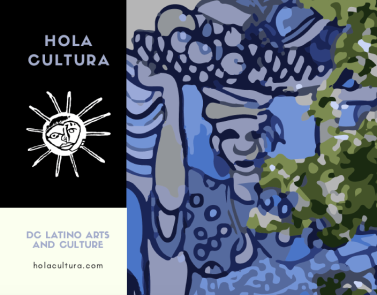
The woman with the basket of fruit on her head was inspired by scenes commonly seen in Jamaica. It was painted by Norris Vassel, a student artist at the time, who had immigrated from Jamaica.
“I wanted to bring part of my culture in it,” Vassel told Hola Cultura after we tracked him down on Facebook.
He was one of about a dozen student artists working that summer at the direction of two seasoned professionals: Allen “Big Al” Carter, a prominent local artist and teacher, and Ligia Williams, a Colombia-born artist. The lead-artists, like the students, represented racial and ethnic diversity; hence the name: “Unity.”
From the start, the mural creation process was meant to unite Latino and African-American youth and deescalate racial tensions at a time when U.S.-backed civil wars and unrest in Central America were leading to rapid growth in the Latino population locally.
“At first we didn’t know the significance” of the mural, Vassel confesses. They simply loved making art. But what began as one of the many projects he completed through D.C.’s Summer Youth Employment Program, the mural quickly became something more significant, he says.
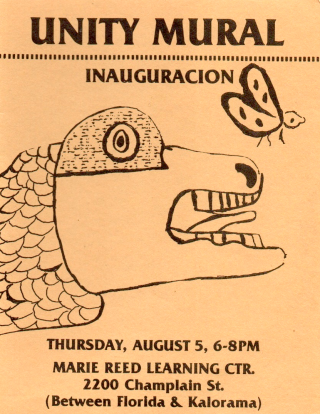
Also among the Unity Mural’s student artists was D.C. poet and artist Quique Aviles who, at the time, was a teenager recently arrived from El Salvador. Like Vassel, he was not fully aware of the project’s purpose but enjoyed creating art.
“I was just a crazy kid. I did theater the first year and the second year I went for murals. I was having a good time,” Aviles recalls.
Both Vassel and Aviles believe the Unity Mural achieved its original purpose of bringing together Latino and African-American youth, while giving them the opportunity to work with talented local artists.
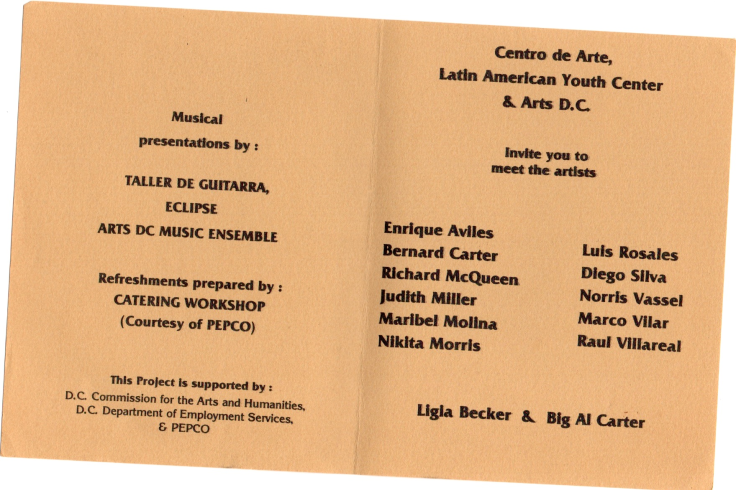
The experiences from that summer influenced Aviles’ future as an artist, he says, exposing him to invaluable lessons that helped him develop “the knack” for the arts.
Maria Gomez, the founder of Mary’s Center, which has operated a few blocks from Unity for decades, says the symbolism behind the mural does a good job of representing the community as it was at a time, when the composition of the District’s Latino community was changing with the influx of Central American refugees.
“By the ’80s there was a much larger Central American community, so it reflected that community a lot more,” she says. “I think the mural had a lot of symbolism for people.”
Though the mural has remained standing for almost four decades, it is set to be demolished in 2022. Some people perceive the plans to demolition plans as a sign of a decline in diversity in the neighborhood.
Olivia Cadaval, who was the director of El Centro de Arte at the time Unity was painted, says the neighborhood has become a hub of sameness today as rising home prices and gentrification lead to different values and lifestyles and declining tolerance for diversity in a neighborhood once known as a welcoming beacon for immigrants, refugees and other newcomers to the District.
Along with the gradual loss of diversity in Adams Morgan, Cadaval says the demolition of the Unity Mural will mean the loss of a historical artistic expression because murals today lack the rich social and political content and historical references that once characterized D.C.’s vibrant Latino street art.
“Latino muralists always included something about the conflicts in their native countries,” Cadaval says. “You (also) showed that you are part of the United States. There were murals where you had everyone from Simón Bolívar to George Washington.”
Quique Aviles fondly recalls the key role Latino organizations played that summer to make the mural possible.
“The funny thing about murals is they look pretty, but they ain’t cheap,” he says. “LAYC and El Centro de Arte raised money to make sure that ours had what it needed.”
He adds that these kinds of organizations serve the community and “allow Latino artists to thrive, to have a hub” and “come together.”

At Hola Cultura, we believe the Unity Mural should be preserved as a legacy of the Adams Morgan neighborhood’s Latinidad. Beyond its historic importance to Washington’s Latino community, we think the neighborhood and the District needs cultural expressions that unify us now more than ever.
Hola Cultura has talked with many Latino community members and organizations who agree with us. But the future of the mural remains uncertain.
We’ve also discussed the possibility of recreating the mural on movable panels that could be installed elsewhere once Pepco redevelops the building where it’s been displayed for the last 36 years. While there is a lot of interest in the Latino community for saving this mural from total destruction, Pepco, to date, remains noncommittal.
Hola Cultura is not taking ‘no’ for answer, however. As part of our D.C. Latino History Project, we will continue working on a plan to save the legacy of this important mural.
If you would like to help us save the legacy of the Unity Mural, send an email with “Save this mural!” to holacultura@gmail.com.
—Delia Beristain Noriega

